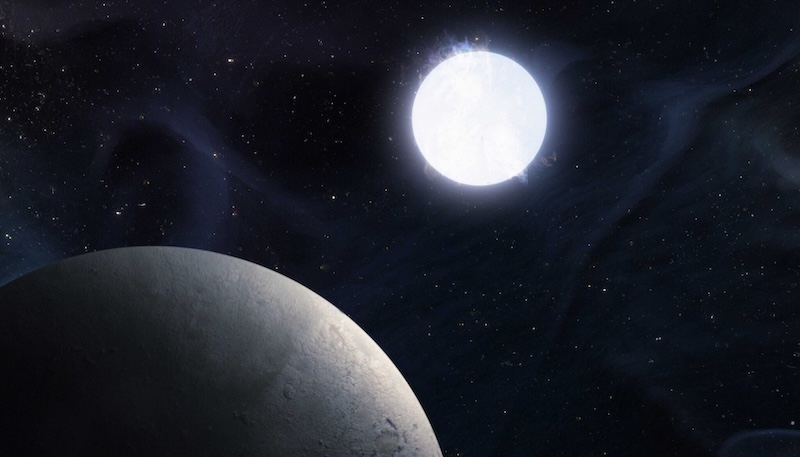Earthsky
1w
51

Image Credit: Earthsky
White dwarfs: The new hotspots for alien life?
- Scientists have discovered that white dwarfs could provide perfect conditions for life on nearby planets, contrary to previous assumptions.
- White dwarfs, the dense remnants of dead stars, were thought to lack the energy required to sustain life but a recent study suggests otherwise.
- It was found that an Earth-like planet close to a white dwarf could have the right conditions for life for up to 7 billion years.
- While white dwarfs cool over billions of years, they can still support habitable zones that could sustain liquid water on planets.
- Researchers studied if a white dwarf could power processes like photosynthesis and UV-induced abiogenesis crucial for life, and found it to be theoretically possible.
- The extended habitable period near white dwarfs makes them promising candidates in the search for alien life and technosignatures.
- Although no planets close to white dwarfs have been found yet, the potential for habitable planets in these regions exists after the star's red giant phase.
- Current telescopes face challenges in detecting small exoplanets close to their stars, but if Earth-like planets near white dwarfs are common, they could be key locations for finding alien life.
- White dwarfs may hold the key to future alien searches due to their unique ability to sustain life-supporting processes for billions of years.
- The study sheds new light on the habitability of planets near white dwarfs and suggests they could be hotspots for supporting alien life.
Read Full Article
3 Likes
For uninterrupted reading, download the app